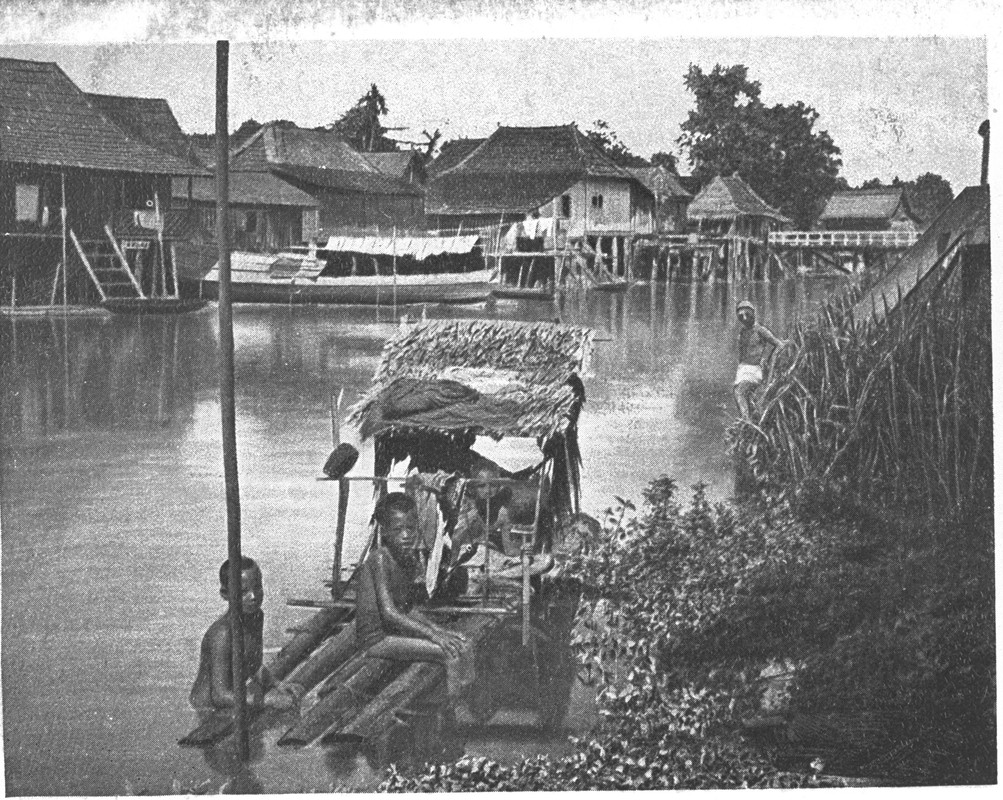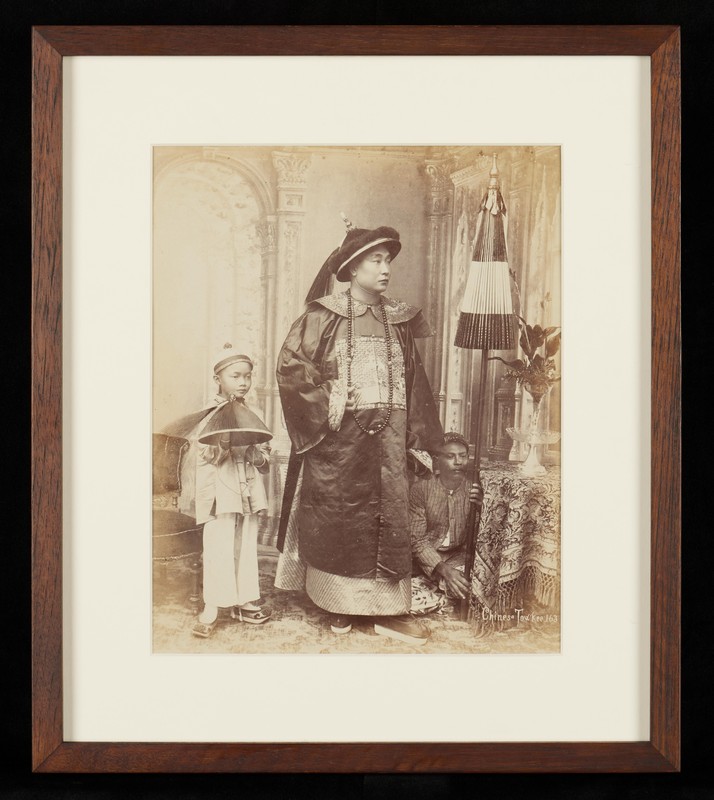新加坡的中国新移民团体
中国在1978年开始改革开放政策,启动新一波向外移民浪潮,因此有了“新移民”的称谓,借此区别于二战前华商、华工两大移民类型。新加坡在1990年跟中国建立邦交后,扩建了更为密切的跨国经贸关系,也迎接了人数众多的新移民,纳入其在地的各个领域。
华人移民的多元面貌
新加坡华人主流社会,大多是二战前来自广东福建的移民后裔,传统籍贯分为闽南、潮州、粤语、客家、海南五大方言群。新移民的家乡,分布更为广阔,辐射了中国南北、沿海、内陆各地。新移民在新加坡投入的行业,也超越了在早期的工商格局,呈现了多元的面貌。
早期华人社会组织,分为地缘、血缘、业缘三大类型,多半围绕五大方言帮群而成形发展。英国殖民地时代,华人社团的功能相当全面,照顾华人的在地需求,推动了本地化进程,同时维持跟中国侨乡的联系。新加坡1965年建国后,传统华人社团的许多功能,逐渐转移到政府机关。华人的身份认同变得多元,跨帮群、跨族群的组织益愈增多。一些小型的传统社团在1980年代开始式微,难以招收新会员,面对会员老年化问题。
1990年后,中国新移民移居新加坡后,整个华人社团的格局增添了新活力。在全球化的时代,新移民团体借助互联网与自媒体,介绍团体的宗旨与设置,凝聚会员。
新移民团体
中国新移民团体,成立最早、规模最大的应该是天府会,以及华源会。天府会在2001年成立,华源会随后于隔年建立。这两大团体综合性很高,会员的来源背景很广。天府会主体性虽然建立于四川籍贯的移民群体,但来自其他身份的移民也可以申请加入。华源会也是开放给所有来自中国的新移民。
按照地缘性来说,中国新移民团体绝大多数以省份来区分,进行同乡的整合,例如天府会、陕西同乡会、晋商商会、贵州同乡会、齐鲁会、江苏会。相比之下,早期的传统社团有许多以县级来建构,例如安溪会馆、番禺会馆等。

另外,中国新移民社团当中,有相当数目是校友会类型。其中包括上海交通大学校友会、清华大学校友会、北京大学校友会。这反映了中国新移民拥有高学历,并且人数可观。这些中国高校的校友会,在1990年代以前并不多见,在二战前以华商与华工为主的社团更是稀少。
中国新移民在新加坡成立的组织,由于理事与会员都是第一代移民,所以推动团体活动充满了活力。对于整个新加坡的社会组织景观而言,新移民的团体无疑注入新的气象,不但成员学历相对较高,而且运行方式多元化。
在贴近在地脉络方面,新移民团体积极跟政府与主流社会合作,主动举行慈善活动,致力于跨文化、跨族群的互动。在建构跨国网络方面,它们面对一个崛起的中国,自然地就努力推动新加坡与中国的经贸关系,而文化交流也更为丰富。
林孝胜,〈神权、绅权、帮权:帮权结构与帮权政治〉。收入柯木林主编,《新加坡华人通史》,页79-92。新加坡:新加坡宗乡会馆联合总会,2015。 | |
游俊豪,《新加坡与中国新移民:融入的境遇》。香港:香港城市大学出版社,2021。 | |
曾玲,《越洋再建家园:新加坡华人社会文化研究》。南昌:江西高校出版社,2003。 |










